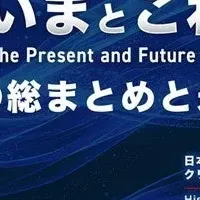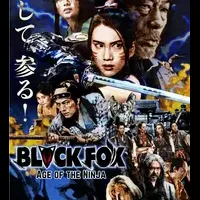
Exploring the Green Miles: The Steppe Silk Road Exhibition Opens in Hangzhou
The Steppe Silk Road Exhibition in Hangzhou
On July 11, 2025, the China National Silk Museum in Hangzhou will officially launch the exhibition titled "Green Miles: The Steppe Silk Road during the 10th to 12th Centuries". This significant event is part of the "Silk Road Week 2025" and aims to highlight the rich cultural exchanges that occurred along this historical trade route.
An Insightful Showcase
The exhibition features an impressive collection of over 200 artifacts, of which more than 60 are classified as first-class relics. Visitors can expect to gain a vivid understanding of how cultures interacted and influenced each other through the vibrant narratives of the ancient Steppe Silk Road.
This route served as a vital northern corridor linking nomadic and agricultural civilizations across Eurasia. Dating back to the Liao Dynasty (916-1125), the exhibition will share insights into the transition of this path into a prosperous trade network, influenced by the grandeur of the Tang Dynasty, the elegance of the Song, and the dynamism of Central Asia. The road facilitated the exchange of ideas, goods, and technologies—ranging from the domestication of horses to metallurgical advancements—while contributing to the pluralistic unity of Chinese civilization.
Thematic Sections of the Exhibition
The exhibition is organized into four thematic sections:
1. Origins of the Steppe Silk Road
This section will delve into the prehistoric roots and expansion during the Liao Dynasty, revealing how the Silk Road evolved into a thriving commercial network.
2. Traces of Nomadic and Agricultural Peoples
Highlighting the Khitan people's innovations in governance, crafts (textiles, ceramics, and metallurgy), and their dual administrative system that united nomadic and Han traditions.
3. Confluence of Civilizations in China
This part features glass, agate, amber, and crystal artifacts from Persia and the Arab world, along with diplomatic relics from the Song, Xia, and Jin Dynasties, illustrating the rich tapestry of cultural interactions.
4. Expansion of the Steppe Silk Road
Exploring the maritime trade that occurred between the Liao Dynasty and the Wuyue kingdom (present-day Zhejiang), this section emphasizes the exchange of products such as celadon, silk, and spices for treasures from Central Asia.
A Cultural Celebration
As the Inner Mongolia Autonomous Region is the guest province for this year's "Silk Road Week 2025," the opening ceremony will incorporate captivating traditional performances featuring the morin khuur, a horsehead fiddle. Audiences will be treated to stirring renditions of pieces like "Endless Grassland" and "Ten Thousand Galloping Horses," evoking the spirit and grandeur of the steppes.
The "Green Miles" exhibition will be open to the public until October 20, 2025, offering a unique opportunity to immerse oneself in the enduring legacy of this historic corridor of the Silk Road.
Topics Entertainment & Media)










【About Using Articles】
You can freely use the title and article content by linking to the page where the article is posted.
※ Images cannot be used.
【About Links】
Links are free to use.